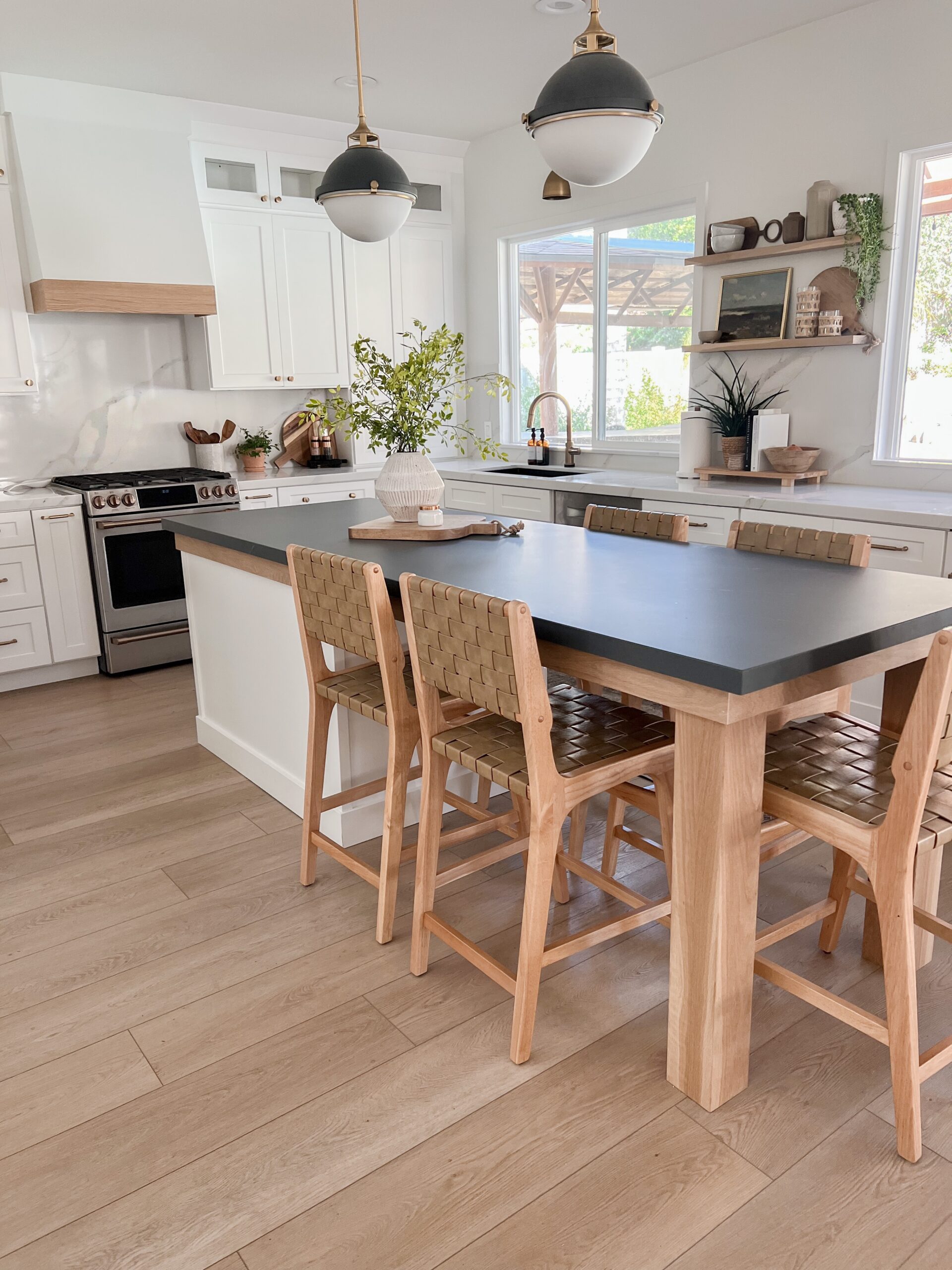Innovative and Trendy Styles in Modern Legs For Kitchen Island Solutions
Wiki Article
An Overview to Picking the Perfect Legs For Kitchen Area Island for Your Home
Choosing the ideal legs for your kitchen island is a nuanced choice that impacts both the capability and aesthetic appeal of this main room. As you think about these elements, it ends up being noticeable that the ideal legs can transform not only the appearance of your cooking area however also its usability for years to come.:max_bytes(150000):strip_icc()/pink-marble-tile_House-of-Harvee-9f030193ae38484a9cb7ea2d71af66f4.jpg)
Comprehending Cooking Area Island Legs
When picking legs for a kitchen area island, it's vital to understand their functional and visual functions in the overall layout. The legs serve as a crucial assistance system, guaranteeing stability and durability for the island, which often works as a workspace, dining location, or collecting area. The option of product and construction method must be durable adequate to withstand daily use and prospective wear.Along with their architectural obligations, legs add significantly to the island's aesthetic appeal. They can improve the cooking area's style, whether via typical, contemporary, or eclectic layouts. The elevation and percentage of the legs are also critical considerations; they should balance with the island's kitchen counter height while guaranteeing comfortable seating for those utilizing the room.
Moreover, the leg design can influence the general circulation of the kitchen area. Open, airy leg styles can create a sense of agility, while strong, significant legs might convey a much more grounded and stable aesthetic - Legs For Kitchen Island. Understanding these aesthetic and practical elements will assist home owners in making informed choices that match their cooking area's style and improve its usability
Popular Styles and Materials
The selection of legs for a cooking area island encompasses a range of popular designs and products, each offering distinct features that can improve both functionality and aesthetics. Standard legs generally show ornate details and workmanship, enhancing classic kitchen styles.
Height and Security Considerations

The legs of the kitchen area island ought to supply appropriate assistance, making sure that the structure can hold up against everyday use without moving or tottering. Material selection plays a considerable function in security; metal legs, for instance, often tend to use higher stamina contrasted to timber.
Matching Your Kitchen Aesthetic
Picking the appropriate legs for your kitchen island surpasses performance; news it likewise plays a considerable function in the general visual of the space. When choosing legs, take into consideration the design style of your kitchen area. For a modern appearance, smooth metal or minimalist layouts can develop a tidy, modern ambiance. On the other hand, conventional or rustic kitchen areas usually take advantage of wood legs with detailed detailing or a distressed finish, improving warmth and character.Legs that match or contrast with your island's surface and bordering cabinetry can develop aesthetic consistency or striking focal More Info points. In addition, think about the finish of the legs; matte, glossy, or textured coatings can significantly influence the overall feeling of the kitchen.
Installment and Upkeep Tips
Setting up cooking area island legs calls for mindful interest to detail to guarantee both security and aesthetic charm. Begin by choosing a suitable area for your island, ensuring it is degree and has sufficient space for movement. If you are connecting the legs to a wall or click reference utilizing braces for included support, utilize a stud finder to situate wall studs. Mark the positioning of the legs properly before exploration.When protecting the legs, use high-quality screws and, if needed, timber adhesive for added stamina. For metal legs, ensure that you are making use of ideal supports and tools to avoid damage to your floor covering. It is advisable to examine for levelness after installment, making modifications as needed to stay clear of tottering.
Upkeep is just as crucial for longevity - Legs For Kitchen Island. Regularly check the legs for any kind of indicators of wear or loosening, specifically in high-traffic areas. Tidy the legs with an ideal cleaner, preventing rough materials that might scrape the surface. For wooden legs, consider using a wood conditioner regularly to maintain their surface. By following these setup and upkeep ideas, you can make certain that your kitchen island legs continue to be both functional and visually attractive.
Conclusion
In final thought, choosing the appropriate legs for a cooking area island requires mindful factor to consider of height, security, and visual compatibility. Inevitably, thoughtful leg option plays an essential role in raising both the practicality and style of the kitchen area space.When selecting legs for a cooking area island, it's essential to recognize their functional and visual roles in the overall style. Open, ventilated leg designs can develop a sense of agility, while solid, substantial legs may share a much more based and secure visual. The legs of the cooking area island must supply appropriate support, making sure that the framework can endure daily use without wobbling or moving.Installing kitchen area island legs calls for mindful interest to detail to make sure both stability and aesthetic charm.In final thought, choosing the proper legs for a cooking area island demands cautious consideration of height, stability, and visual compatibility.
Report this wiki page